Jenny Cooney of Ballinamore Community School, Co. Leitrim, gives us a delicious crash course on all things chocolate.
The first people who made chocolate were the Mayas and Aztecs. They drank chocolate as a bitter and spicy beverage and used cacao beans as a source of currency. Chocolate comes from the cacao tree, grown in parts of Central and South America, the Caribbean, West Africa and South-East Asia. These trees grow large pods that contain cacao beans and pulp. The beans are specially processed (fermented) to develop the distinctive chocolate taste, then used to make cocoa powder and chocolate.
Cocoa is the solids of the cacao bean. Cocoa butter is the fat component. Chocolate is a combination of the solids and fat. It is this combination, sweetened with sugar and other ingredients, that is made into chocolate bars.
Buying & storing tips
The higher the percentage of cocoa solids, the more intense and less sweet the chocolate. A dark chocolate at 50% will be sweeter than one at 70%, so that could be a starting point; then you can build your tastebuds up to enjoying the higher percentage varieties.
Buying Fairtrade chocolate means that the growers and farmers who harvest and dry the cacao beans are getting paid a sustainable income and have good working conditions.
Bloomed chocolate (where a white coating appears on the surface of chocolate if it’s not stored in a cool dry place) is fine to use in baking but should not be used for coating biscuits or chocolates as the bloom will reappear when the chocolate hardens.
Melting & cooking tips
- Chop the chocolate finely so that it melts evenly and quickly.
- 70% cocoa solids are best when cooking with dark chocolate.
- If melting the chocolate over a saucepan of barely simmering water, never allow the steam or water to come in direct contact with the chocolate or it may become thick and lumpy.
- Alternatively, you can place chopped chocolate into a microwaveable bowl and heat in 30-second intervals, stirring after each one until it has fully melted.
- When chocolate is overheated. it may ‘seize.’ If this happens, try to save it by whisking in a little butter or vegetable oil.
- Try to keep melted chocolate at a similar temperature to whatever mixture you are adding it to.
- If you need to grate chocolate, place it in the fridge for a while before grating, and make sure your hands are cold.
Tempered chocolate has a high sheen and a crisp snap when broken. Untempered chocolate may have a dull finish and feel soft when bitten. Tempering involves a careful, measured process of heating and cooling chocolate.
Ways to cook with cacao powder or nibs
- Add a spoonful to your favourite morning smoothie
- Stir though porridge, overnight oats, chia puddings or rice puddings
- Sprinkle nibs over sliced apples covered in nut butter
- Add some into your granola mix, protein balls or energy bars
- Coat a steak or duck breast with cocoa powder or crushed nibs before pan-searing to add a unique flavour
- Use to make savoury sauces like barbecue or Mexican mole
Types of chocolate
Dark chocolate is a combination of cocoa solids, cocoa butter and sugar. It should be relatively high in cocoa solids and low in sugar. The higher the percentage of cocoa solids, the more bitter it tastes. It can take robust flavours and is versatile enough to use in both sweet and savoury dishes. Dark chocolate contains antioxidants and flavanols, both of which are good for heart health when enjoyed as part of a balanced diet.
Milk chocolate is softer in texture and melts more easily because of the added dairy in it. It is sweeter than dark chocolate.
White chocolate contains cocoa butter, sugar and milk, but no cocoa solids. It is much sweeter than dark or milk chocolate and has a creamier texture as a result of the higher cocoa butter content.
Ruby chocolate is a newer type introduced by a Belgian chocolate manufacturer in 2017, made from a special bean known as the ruby cocoa bean. It takes on a rosy pink colour from the way it’s manufactured, and has a sweet but sour berry taste to it.
Cacao powder has become increasingly popular in recent years due to its antioxidant properties. Cacao powder is made by cold-pressing unroasted cacao beans. Intensely chocolatey and slightly bitter, it is less fine than cocoa powder in texture.
Cacao nibs are cacao beans broken down into smaller pieces that are low in sugar and high in fibre and minerals.
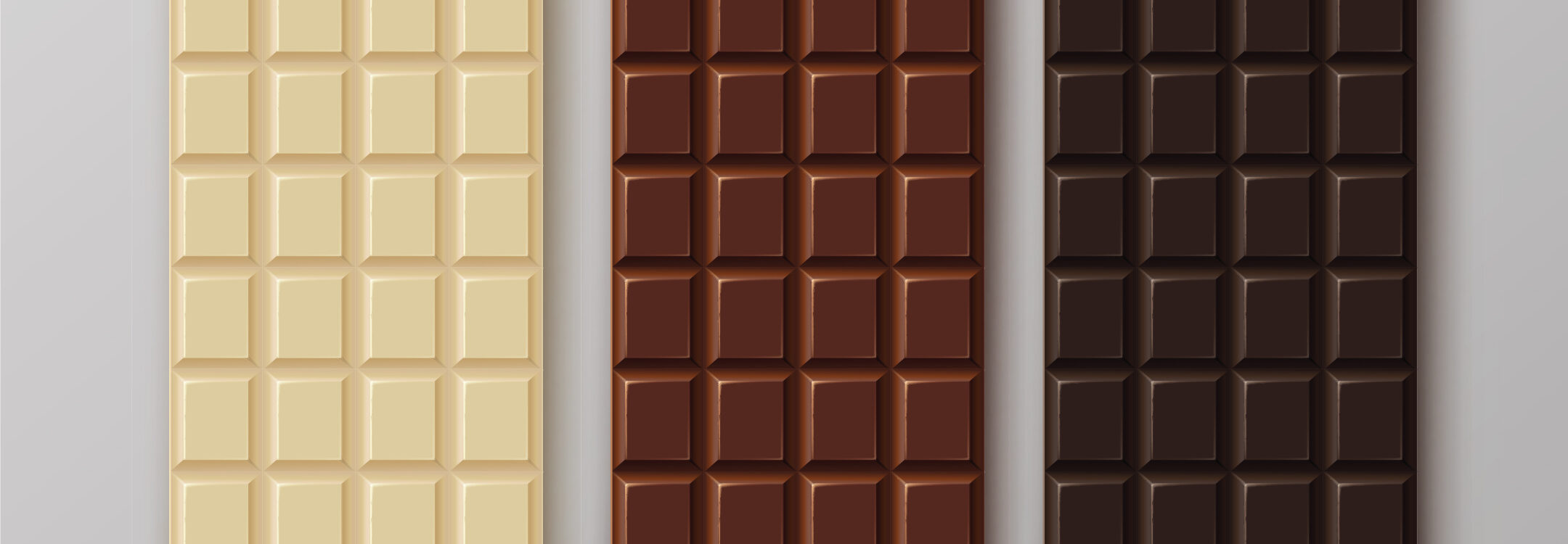
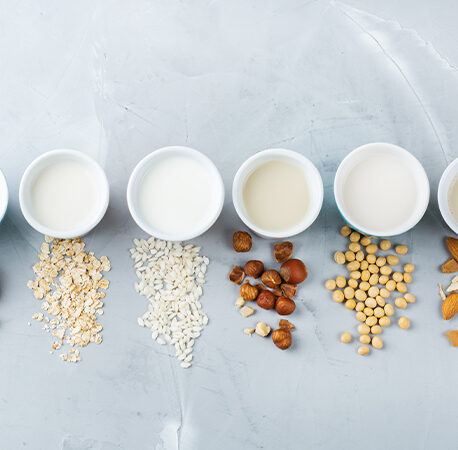
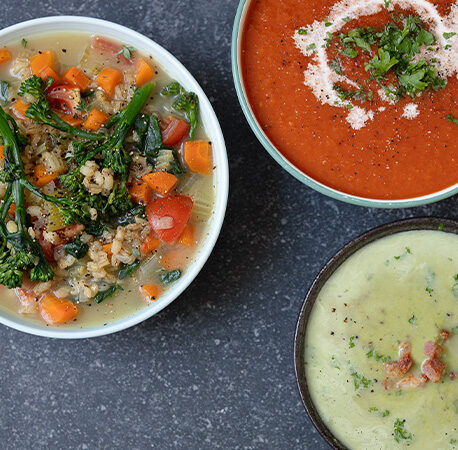
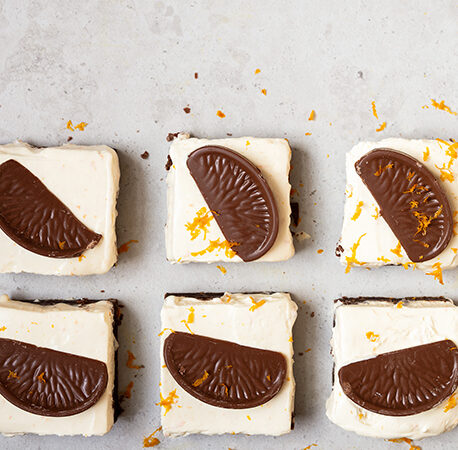
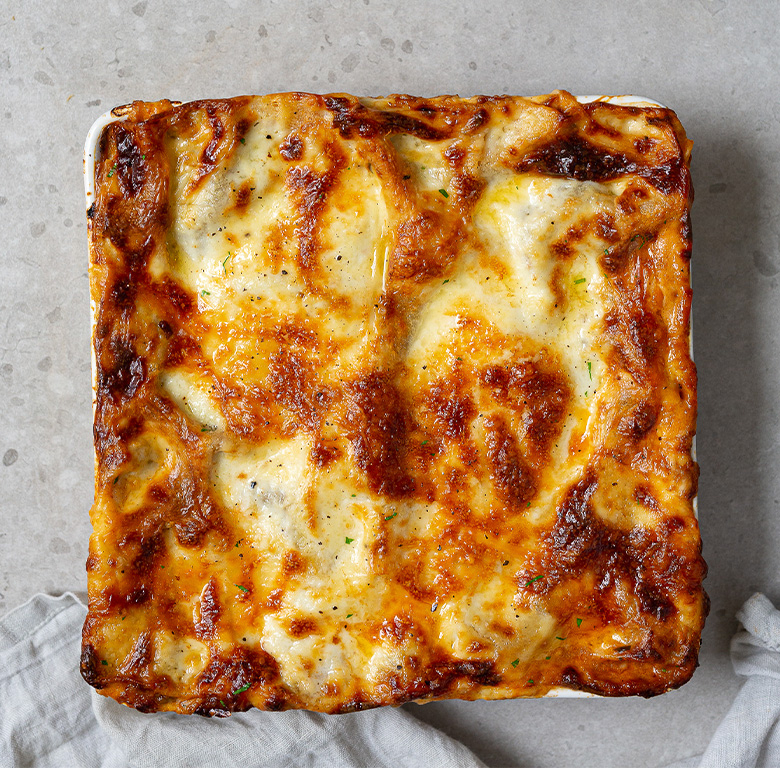

You have to be signed in to comment this post.